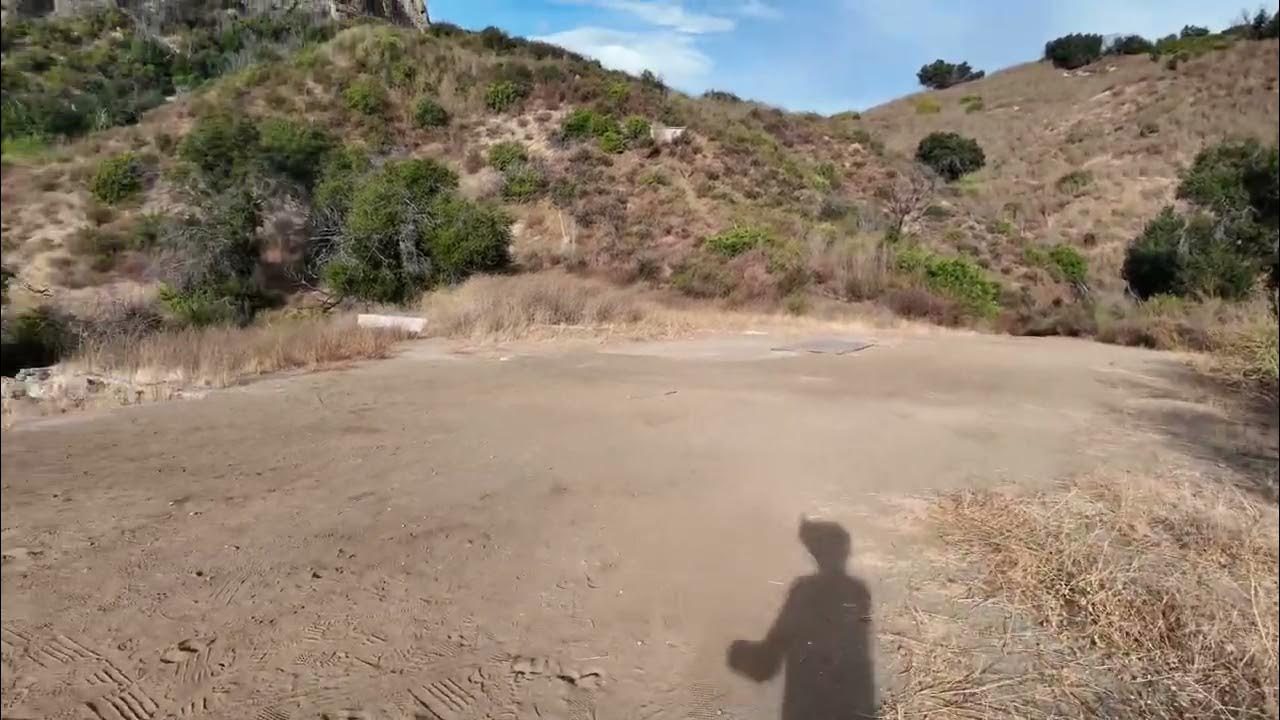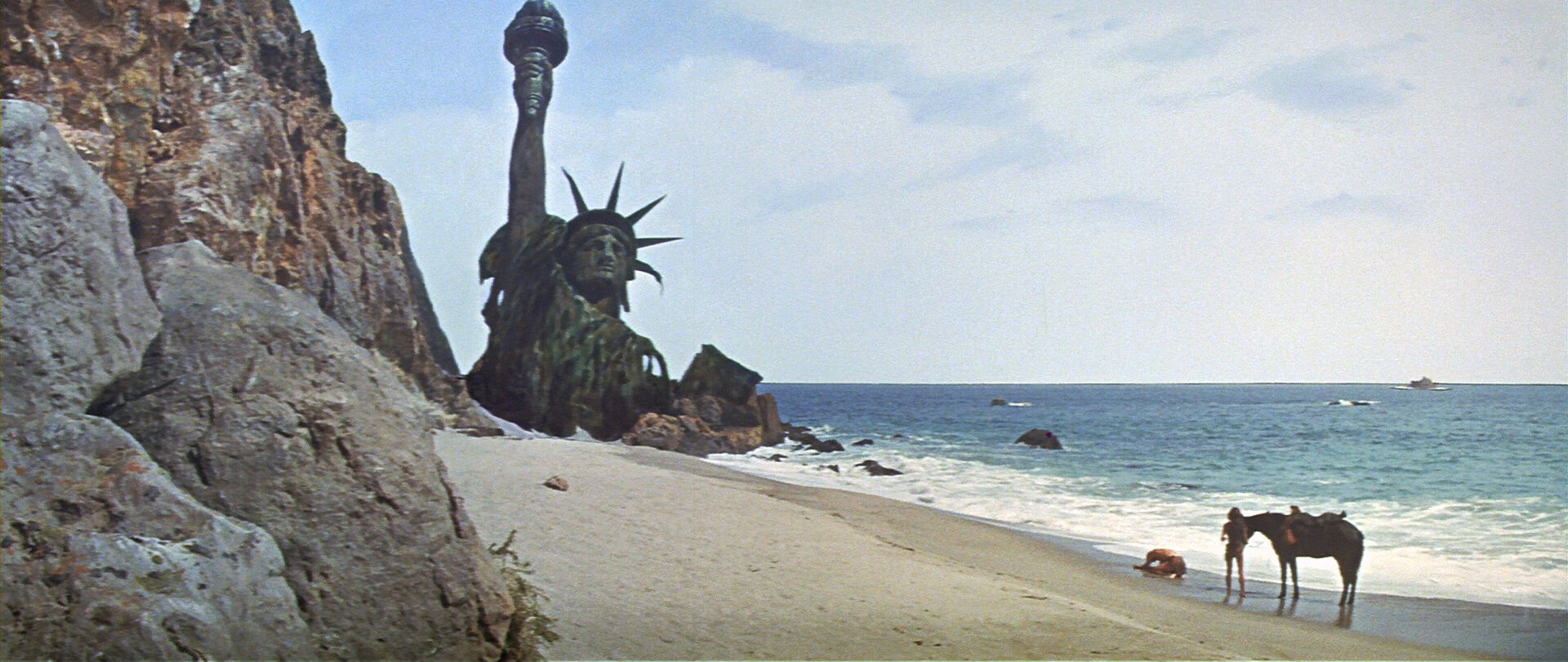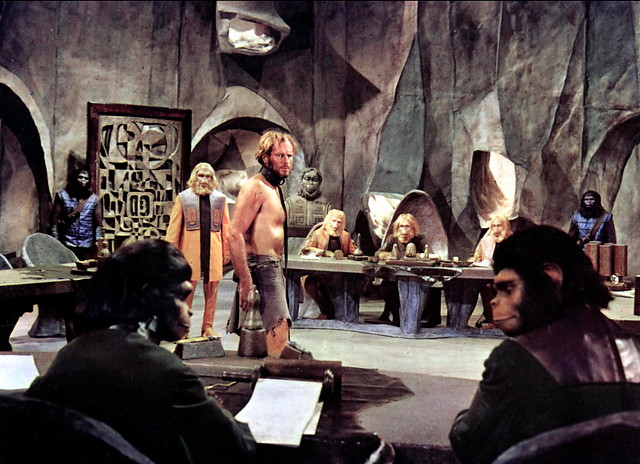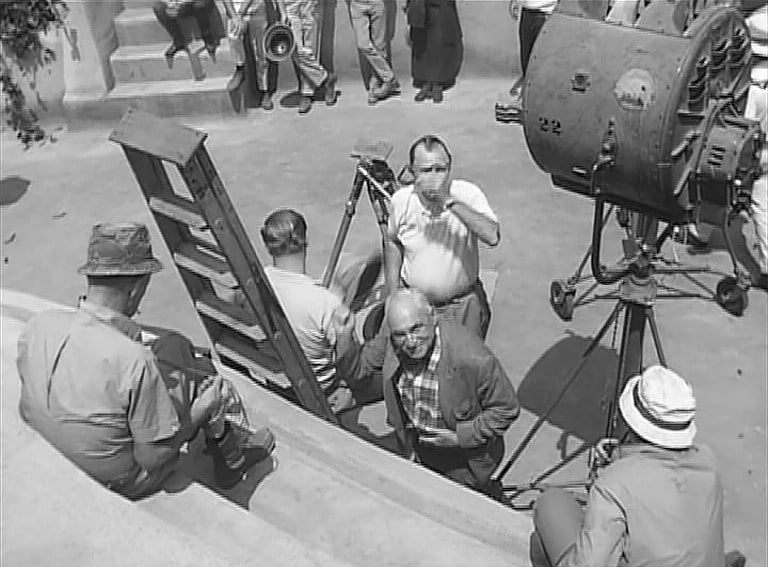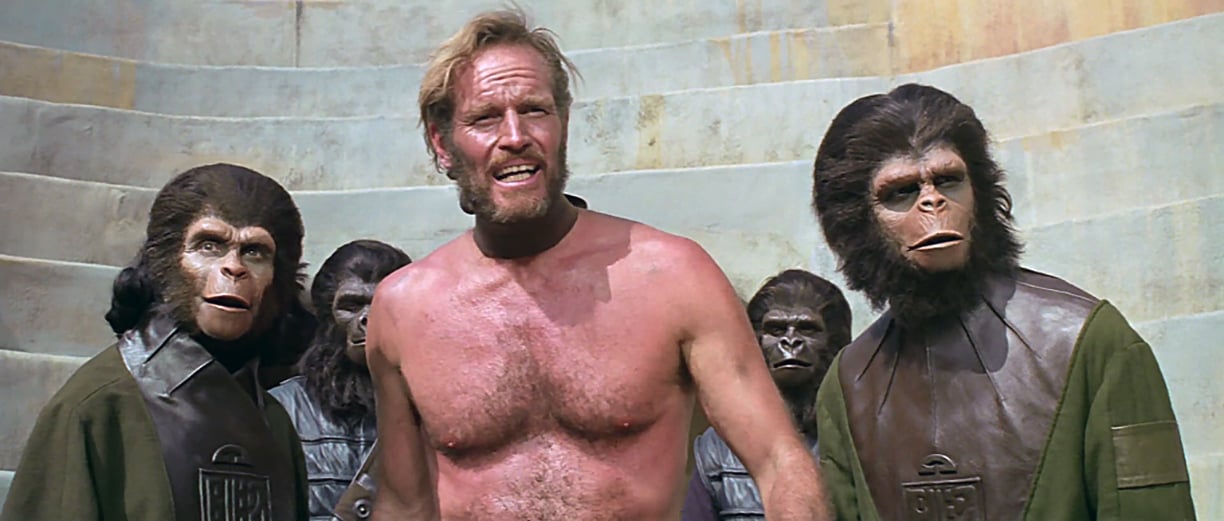Planet Of The Apes 1968 Filming Locations

Going Ape in California: Where They Shot the Original!
Ever watched the original Planet of the Apes (1968) and wondered, "Wow, that's some crazy scenery?" Well, you weren't wrong! Turns out, much of that "alien" landscape was right here on Earth, mostly in sunny California.
Let's take a trip back in time and peek behind the scenes of where they transformed familiar locations into a world ruled by talking primates.
Malibu Creek State Park: Ape City Central
Remember the iconic Ape City? That wasn't some far-off planet, but Malibu Creek State Park. Can you believe it?
Located near Los Angeles, this park provided the perfect backdrop. Its rugged terrain and distinctive rock formations gave the film that otherworldly feel, making it ideal to build Ape City.
Apparently, getting those elaborate ape costumes and makeup ready each day was quite a process. Imagine the actors trekking through those hills in full gear before sunrise!
Zabriskie Point: When Deserts Became Alien
The opening scenes, where Taylor and his crew are trekking through a desolate landscape, were shot at Zabriskie Point in Death Valley. A truly otherworldly place!
This spot is known for its eroded landscape and unique, almost lunar appearance. No wonder the filmmakers thought it looked like another planet!
Can you picture the actors sweating under those spacesuits in the Death Valley heat? Bet they were glad to get to Ape City eventually!
Leo Carrillo State Beach: The Infamous Ending
And then there's that ending. You know, the one with the Statue of Liberty? That scene was filmed at Leo Carrillo State Beach.
This beautiful beach, with its dramatic cliffs and caves, is a popular spot for surfing and tide pooling. Who knew it also housed a chilling secret from a future gone wrong?
It's said that the special effects team had some trouble burying the replica of the Statue of Liberty. Imagine trying to hide that from curious beachgoers!
More Movie Magic: Hidden Gems
While the big set pieces were located in those areas, several other locations also popped up in the film.
Some scenes were shot on soundstages at 20th Century Fox Studios. Classic Hollywood magic at work!
The former Los Angeles County Museum of Natural History (now just Natural History Museum of Los Angeles County) even appears!
Why These Locations?
Beyond their striking looks, these California locations offered a practical advantage: proximity to Hollywood. This helped keep costs down and made logistics easier.
Filming on location also added a layer of authenticity that a completely studio-bound production couldn't achieve.
The film's success spawned many sequels, reboots, and remakes. None have been able to recapture the magic and ingenuity of the original Planet of the Apes, using California to its fullest potential.
So, next time you watch Planet of the Apes, remember that you're not just seeing a sci-fi masterpiece; you're seeing a clever transformation of California into a world gone wild.
It's a testament to the power of filmmaking, where imagination and a bit of Hollywood magic can turn familiar landscapes into something truly extraordinary.










